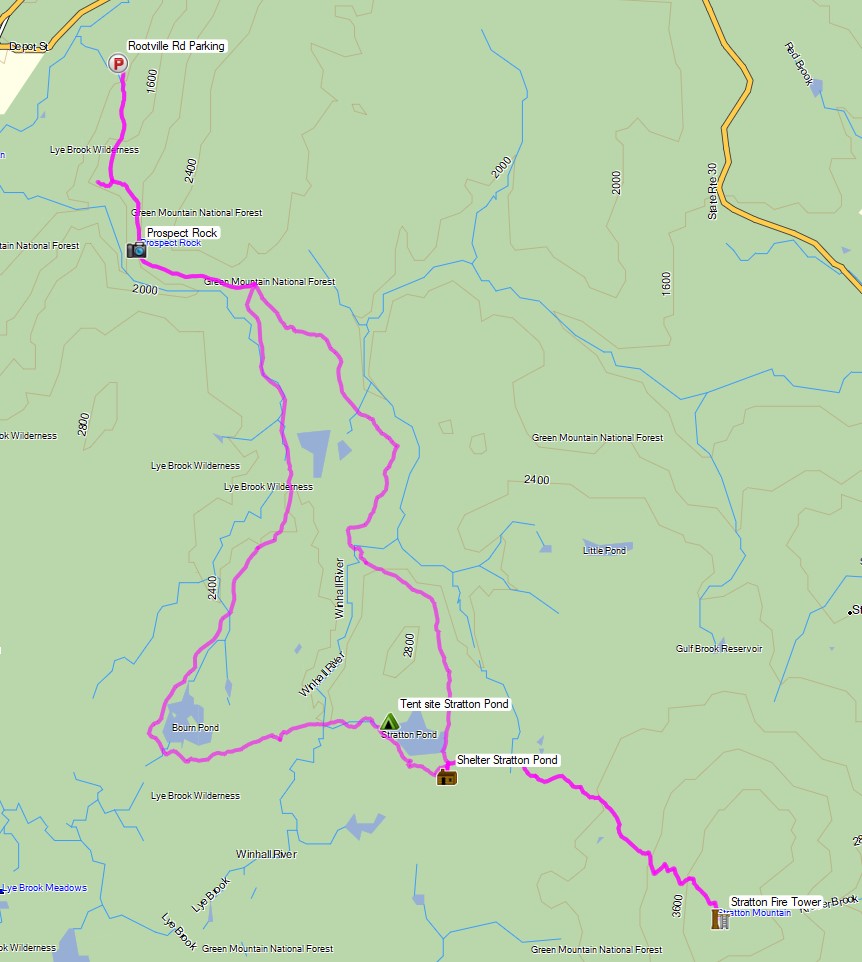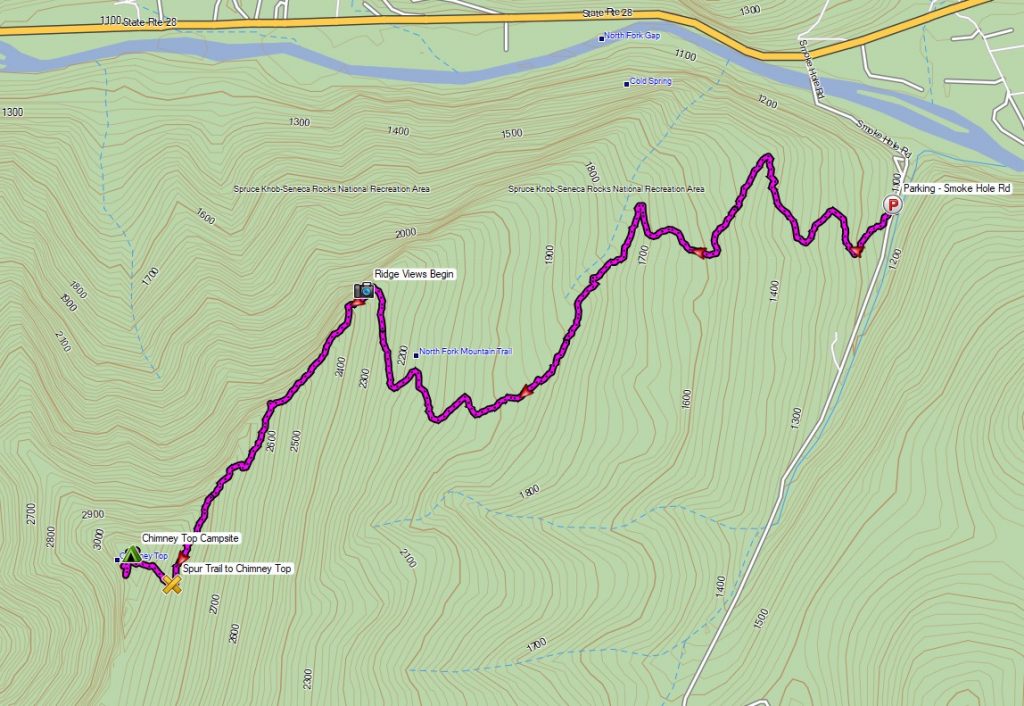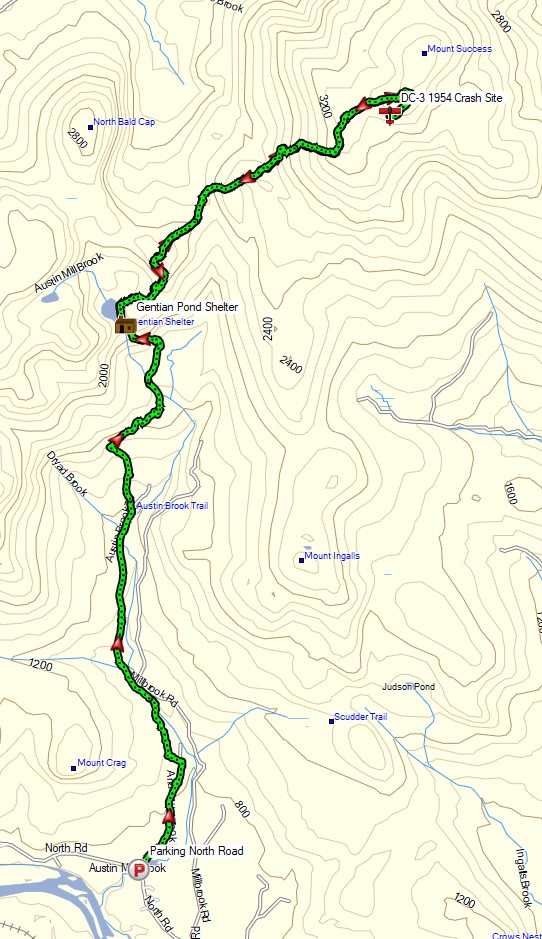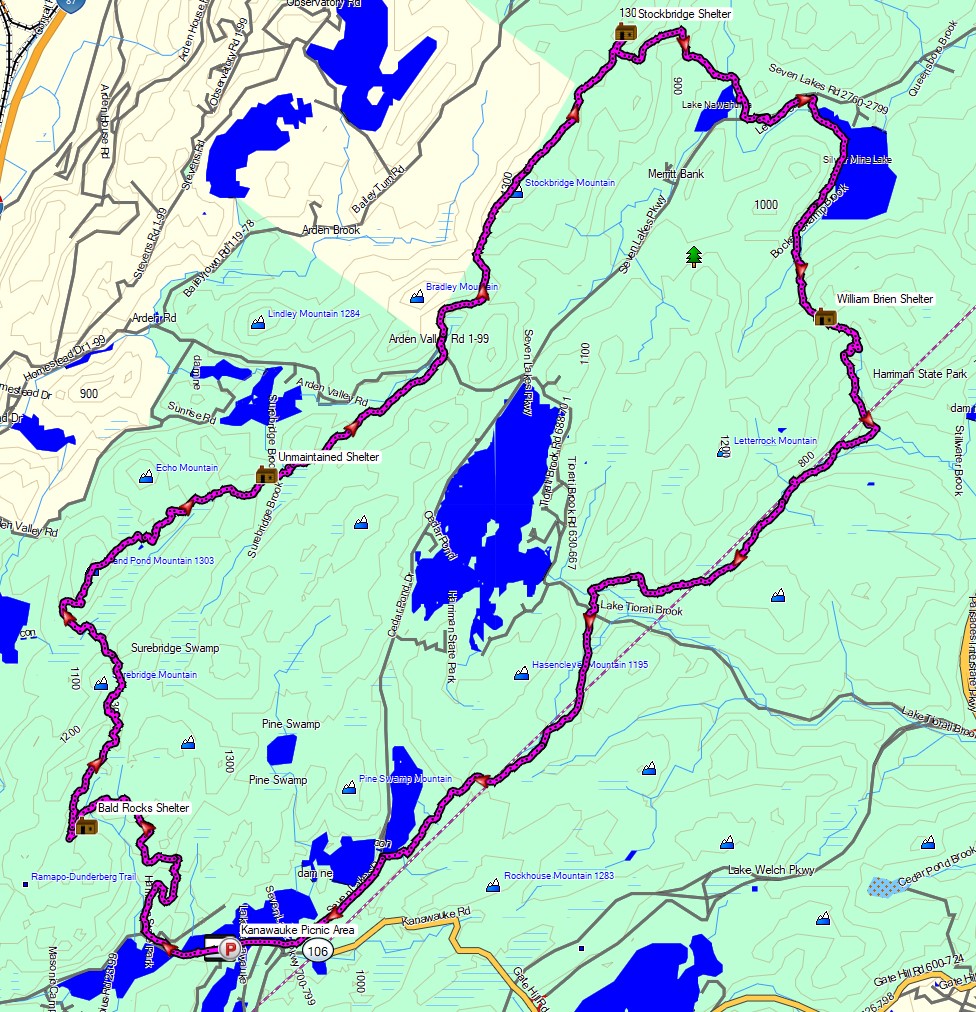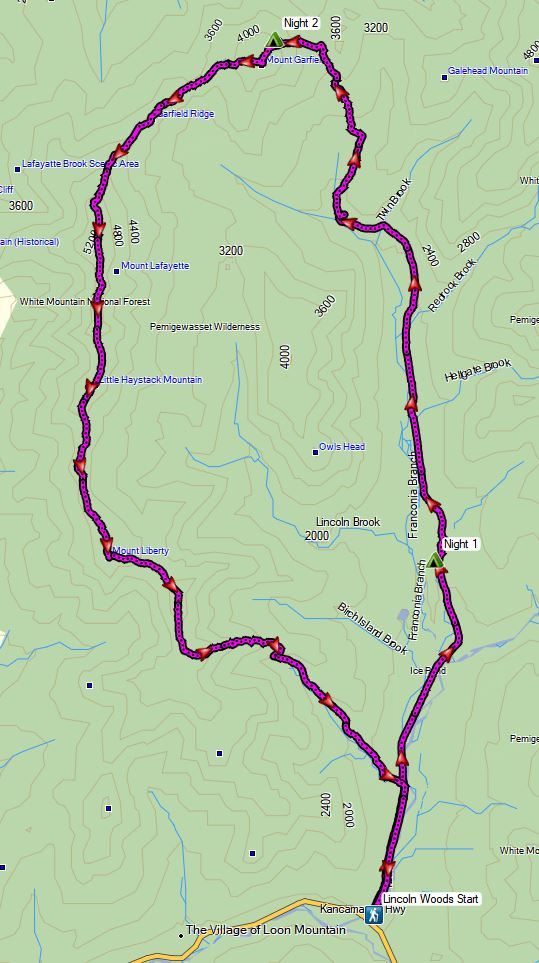Backpacking, Hiking & Winter Tent Camping with Snow in Pennsylvania’s Hammersley Wild Area.
FTC Disclosure: This post contains affiliate links, which means I may receive a commission for purchases made through some of my links.
For this early December backpacking trip, I set out to hike a 3 day, 20ish mile loop in the mountains of north central Pennsylvania. I created my loop by using a portion of the Susquehannock Trail System, some off-trail bushwhacking, and a ridge hike along the adjacent Twin Sisters Trail.
My weather conditions were forecasted to have some fresh snow, temps mostly in the 20’s and a potential for freezing rain as the temps rose further into the trip. While this was a pretty wide range of possible conditions, it also wasn’t terribly cold, so I was still able to pack somewhat ultralight and minimal. My camping target for day one was down in the hollow along the banks of Hammersley Fork. On day two I planned to head up to the ridge and camp in the area devoid of trees due to a forest fire back in 1962. Due to the potential lack of trees, I swapped out my typical hammock setup for a single person tent and sleeping pad to keep my campsite options flexible.
The Hammersley Wild Area is the most remote swath of public land in Pennsylvania, with some spots over 5 miles from the nearest road, which combined with the season, I hoped would make for some rather secluded camping. Conversely, this area is also a haven for public hunting, so I made sure to wear some blaze orange and remain somewhat quiet and on the trail until I got further away from any road access, as it was the middle of PA deer hunting season.
This trip video was sponsored by Dr Prepare. You can get 10% off their 178Wh Portable Power Station by using code STDP10 with this link.
Full GPS track data, including campsites, etc, for this trip and many others can be downloaded on my Trip Data Page.

